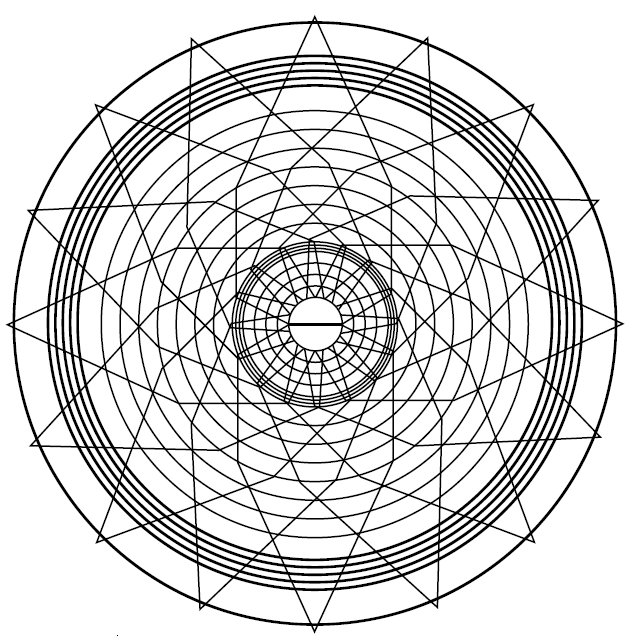The Tradition is the Message: How Traditional Storytelling Circulates in the Digital Information Environment
Abstract
The paper explores how traditional storytelling adapts to the digital environment and adopts/assimilates it. This study is based on a corpus of fourteen semi-structured in-depth interviews of researchers and performers with an expertise in seven different storytelling traditions. Therefore, we present a new typology of traditional storytellers and depict their Internet/New Media usage specifics.
Downloads
References
Boot M. (1978). Redundancy in Natural Language Processing. Current Topics in Cybernetics and Systems. Proceedings of the Fourth International Congress of Cybernetics & Systems. The Netherlands: Springer
Chumakova V.P. (2015). Ustnaja kul'tura v mediapraktikah sovremennogo rossijskogo sela. [The oral culture in media practices of contemporary Russian rural settlers] Etnograficheskoe obozrenie.
Eco, U. (1996). From Internet to Gutenberg: A lecture presented by Umberto Eco at The Italian Academy for Advanced Studies in America on November 12, 1996.
Foley, J.M., 2012. Oral tradition and the Internet: Pathways of the mind. University of Illinois Press.
Logan, R. K. (2002). The five ages of communication. Explorations in Media Ecology, 1(1), 13-20.
MacDonald, M. R. (Ed.). (2013). Traditional storytelling today: An international sourcebook. Routledge.
Manovich, Lev. 2001. The Language of New Media, MIT Press
McLuhan, M. (2011). The Gutenberg Galaxy: The making of typographic man. University of Toronto Press.
McLuhan H.M., McLuhan E. (1988). Laws of Media: The New Science. University of Toronto Press.
Meyrowitz, J. (2005). The Rise of Glocality: New senses of place and identity in the global village, in K. Nyiri (ed.), A Sense of Place: The Global and the Local in Mobile Communication. Vienna: Passagen Verlag, pp. 21-30;
Ong, W. J. (2012). Orality and Literacy: The Technologizing of the Word, 30th-anniversary edition with new chapters by John Hartley. Routledge.
Pettitt, T., 2012. Bracketing the Gutenberg parenthesis. Explorations in media ecology, 11(2), pp.95-114.
Pettitt, Thomas. 2016. The Gutenberg Parenthesis. MIT professors Peter Donaldson and James Paradis joined scholar Thomas Pettitt in a discussion of the value of historical perspectives on our technologizing human present (https://www.youtube.com/watch?v=O-zzkgsKOBk);
Postman, N. (2000, June). The humanism of media ecology. In Proceedings of the Media Ecology Association (Vol. 1, No. 1, pp. 10-16).
Rose, P. (2017). The Transition from Orality to Writing: Mimetic Theory and Religion. In The Palgrave Handbook of Mimetic Theory and Religion (pp. 127-133). Palgrave Macmillan, New York.
Sauerberg, Lars Ole. 2009. The Gutenberg Parenthesis – Print, Book and Cognition. Orbis Litterarum, Vol.64(2), pp.79-80;
de Certeau, M. (2012). L’Invention du Quotidien. Vol. 1, Arts de Faire. Gallimard

